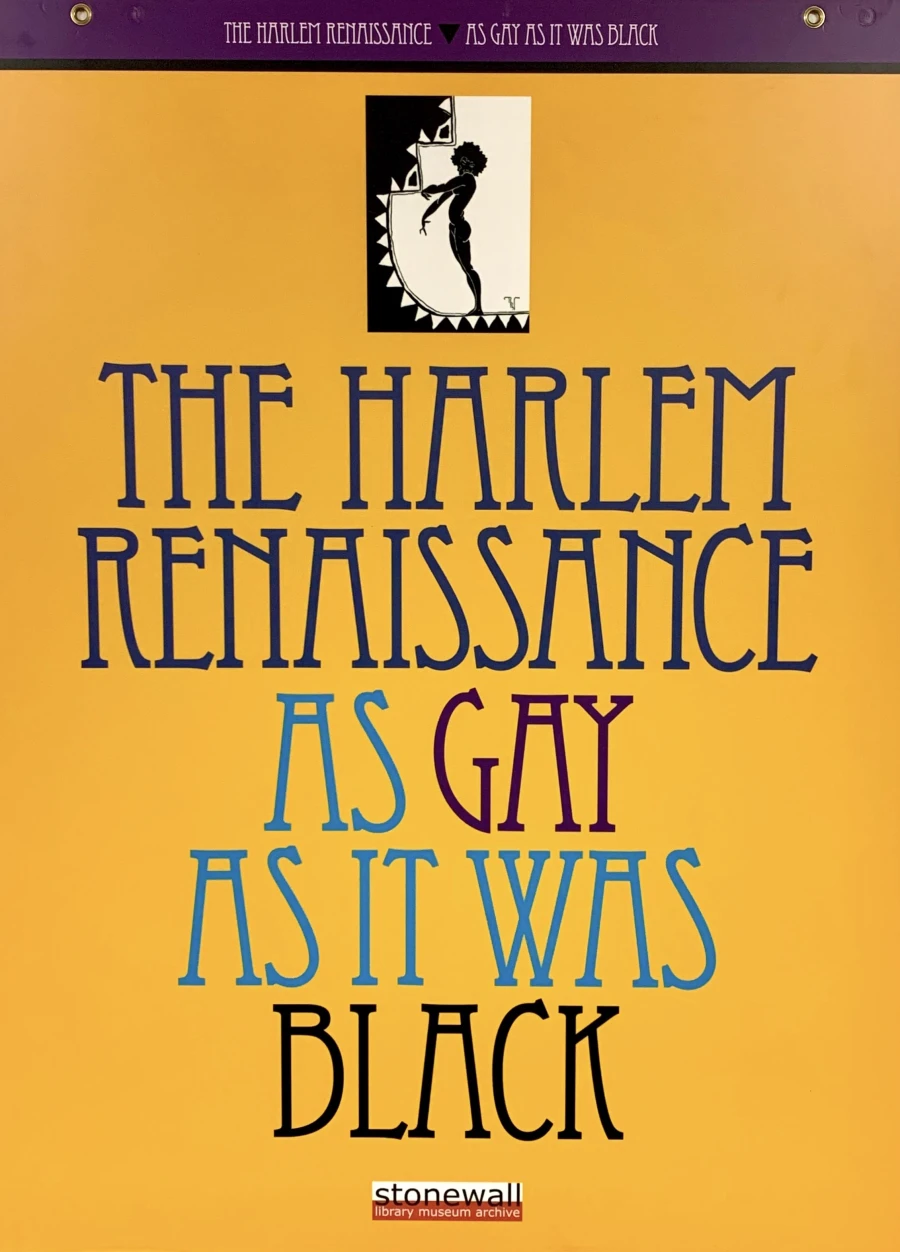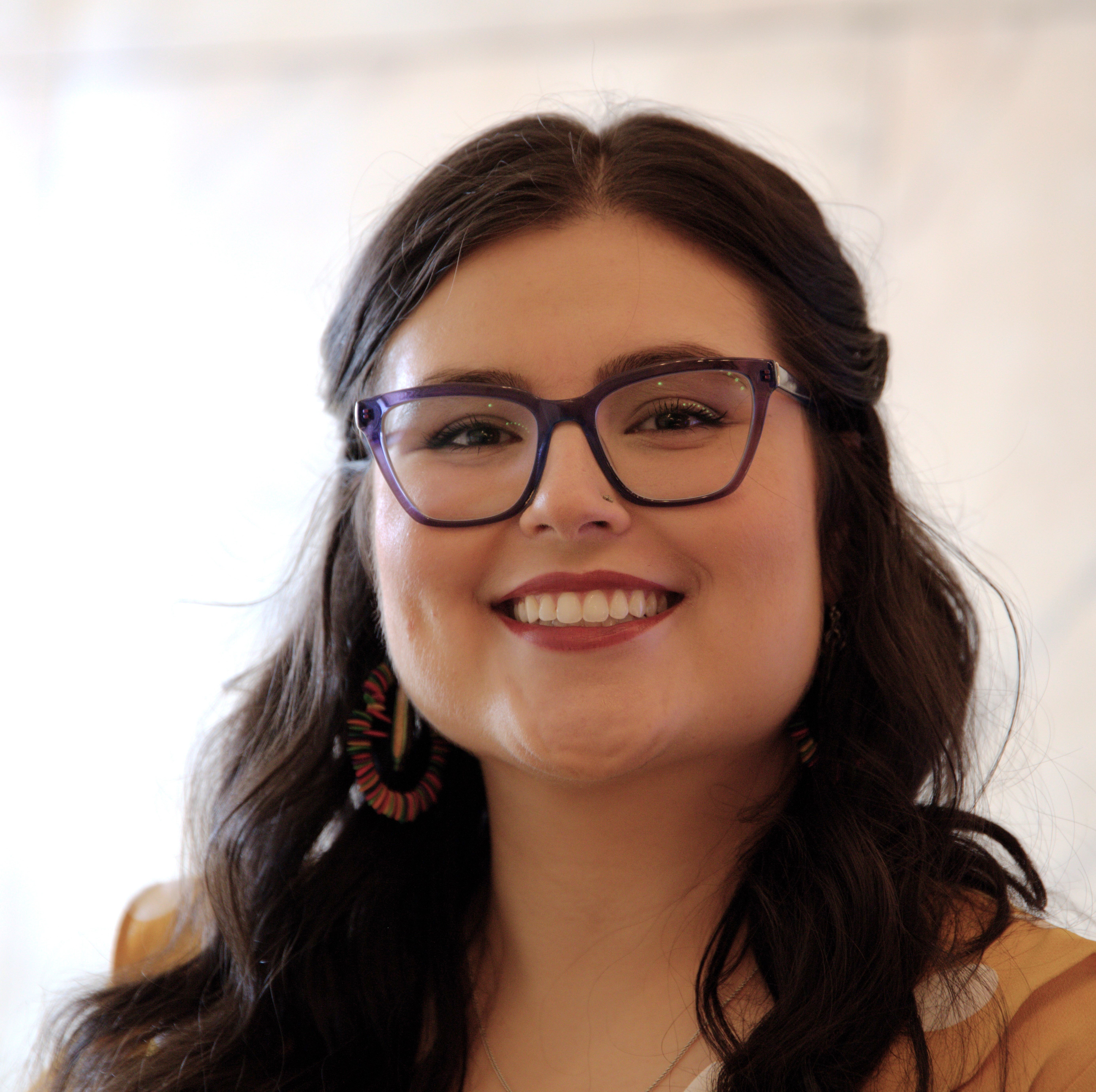The Museum is excited to host the traveling pop-up exhibit, The Harlem Renaissance: As Gay As It Was Black, in partnership with Prairie Pride Coalition this February.
Curated by the Stonewall National Museum Library & Archives, this exhibit explores the intersection of Black and queer identities during the Harlem Renaissance in the 1920s and 1930s.
It debuted locally at Jazz Upfront and will be on display at the McLean County Museum of History from February 7 through February 13, 2025, before heading to other locations in the community, including the ISU Bone Student Center, Evelyn Chapel at IWU, the Bistro, Bloomington High School and Bloomington Public Library.
This powerful exhibit shares stories not only of identity but also of resistance and humanity. We encourage folks to come check it out and consider how this movement has influenced our shared history, in McLean County, across the country, and around the world. After all, McLean County does not exist in a bubble.
One interesting local tie to the movement is that of Regina Anderson Andrews (1901-1993), a member of the Harlem Renaissance and a pioneering Black librarian. She was born in Chicago, and after her parents divorced, she was sent to Normal to live with her maternal grandparents.
Her grandfather was the Rev. Henry Simons, who ministered at the African Methodist Episcopal Church in Normal, established in 1883 and disbanded in the 1930s. The Rev. Simons family lived on the 400 block of North Fell Street (between Locust and Willow Streets) across from the church. Regina Anderson remembered attending Sunday School at this church, Bible in hand, and wearing a "stiff starched little white dress."
Yet it would be the Normal School library that forever changed her life. She would credit a "patient understanding librarian in the grammar school in Normal, Ill., as guiding influences in the early life and training which has done much to bring ultimate success in [my] chosen field."
Regina spent four formative years in Normal, and in several letters written later in her life, she looked back fondly on the town. It was a "quiet college town"—worlds away, she said, from New York City's "42nd Street and 5th Avenue."
Her apartment at 580 Saint Nicholas Avenue in NYC became known as the "Harlem West Side Literary Salon." And she and WEB Du Bois co-founded what would become the Negro Experimental Theatre. Regina earned a living, though, as a librarian for the New York Public Library and was the first African American woman to lead a New York Public Library branch.
Regina's ancestry included Jewish, East Indian, Swedish (and other European) descendants—one of her grandparents was Black, having been born in Madagascar. Although others perceived her as Black, she self-identified as simply "American."
The Mclean County Museum of History's Library & Archives holds the book "Regina Anderson Andrews Harlem Renaissance Librarian" by Ethelene Whitmore, which served as the primary source of her life story. Another source for local Black history is the vast collection of oral histories and other research conducted by the Bloomington-Normal Black History Project.
Folks can view The Harlem Reinassance: As Gay As It Was Black exhibit for free in conjunction with the Museum's upcoming Lunch & Learn with Bloomington-Normal Black History Project chairperson Andrew Thomas on Thursday, February 13 at 12:10 p.m. The Museum will also be free and featuring the pop-up exhibit during Tour de Chocolat on Friday, February 7, from 5 to 8 p.m.
The exhibit will be in the Museum's Courtroom on the second floor. Admission to the Museum is always free on Tuesdays until 8 p.m. Students and Museum members receive free admission every day of the week.

